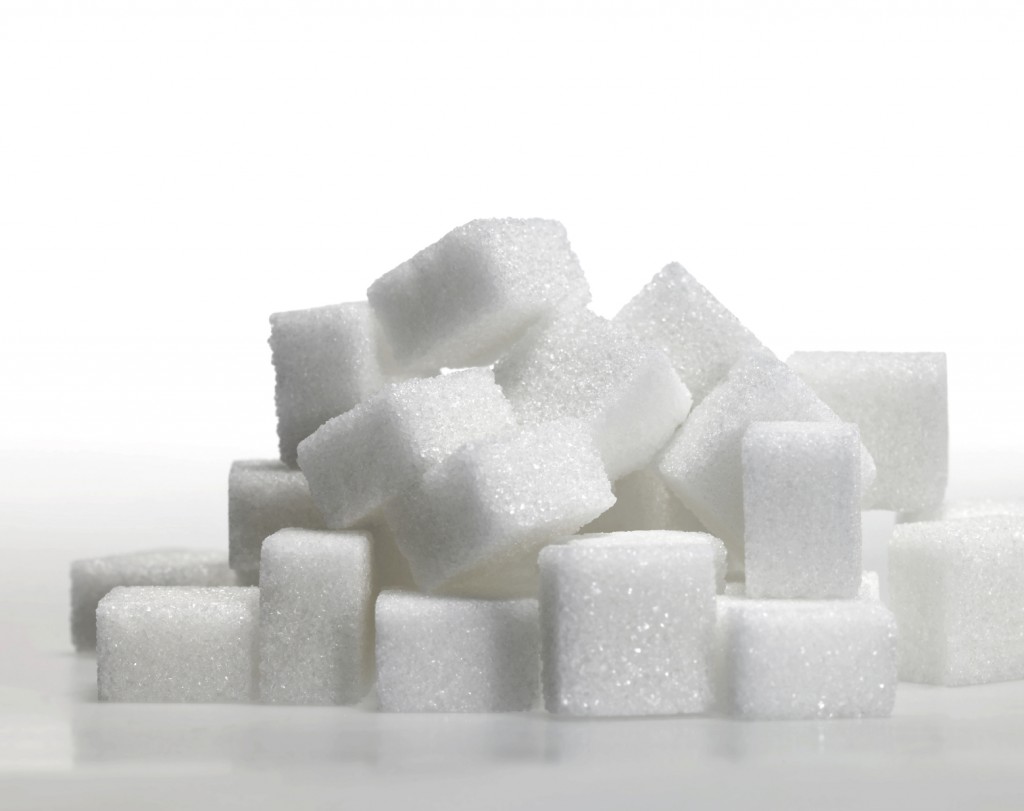
Is your Favorite Everyday Food Full of Hidden Sugar?
A shocking statistic, the average American typically consumes the equivalent of 22 teaspoons of sugar in just one day. Experts are seriously concerned about the levels of added sugar in our diets and what it’s doing to our health. Unfortunately, it’s hidden in many of the foods we eat everyday, making it difficult to avoid. Too much sugar has an adverse effect on our health and our dental hygiene meaning a trip to the Dentist La Habra may be in order after one too many sugary foods. So where is it lurking and what does it do to your body?
The Effect Of Sugar On The Body
Consuming too much sugar in your diet can have a devastating effect on your health. According to a study reviewed by the American Heart Association, people regularly eating sugary foods significantly increase their risk of dying from cardiovascular disease. The study found that participants consuming 17 to 21 percent of their calories from added sugar, increased their risk of dying from cardiovascular disease by 38 percent, compared to those people only consuming 8 percent of their calories from added sugar.
Sucrose is the most common form of sugar added to our foods. When our body digests sucrose, it’s broken down into glucose and fructose. Our body metabolizes these compounds differently. Excess fructose is converted to fat by the liver and glucose causes the body’s blood sugar levels to spike, which leads to the release of insulin. Insulin helps the body to use or store blood glucose.
Consuming too much sugar can lead to conditions such as obesity, high blood pressure, elevated blood triglycerides, and inflammation. People with these conditions have an elevated risk of developing diabetes and heart disease. Eating large amounts of sugar has even been found to stimulate your appetite, leading you to crave more.
Other Names For Sugar
Sugar goes by many names and it’s often difficult to determine how much there is in many grocery store staples. Many products contain natural sugars, which are fine as part of a healthy diet, but we should be aware of the many aliases for sugar. Most people eating a diet of whole, unprocessed foods, will obtain all of the sugar they need from their diet; added sugar is an unnecessary addition to our diets. Some common sugar aliases are:
- Dextrose
- Fructose
- Honey
- Invert Sugar
- Raw Sugar
- Malt Syrup
- Rice Syrup
- Sucrose
- Xylose
- Molasses
- Corn Sweetener
- High-Fructose Corn Syrup
- Glucose
- Lactose
- Maltose
- Sucrose
It’s important to note that some of these sugars occur naturally in whole foods, such as lactose in milk, and can be consumed as part of a balanced diet. The sugars we need to be concerned about are those added unnecessarily to processed foods.
Foods With Hidden Sugar
Many processed foods contain hidden sugar, some of which may surprise you:
1. Salad Dressing: Salad dressings are often packed full of sugar. Low-fat options are particularly bad, as sugar is often added to replace flavor lost from removing fat. It’s best to skip the grocery store products altogether and make your own dressings at home; home made dressings taste better too!
2. Yogurt: Flavored yogurts are often full of sugar, added to overcome the tart flavor of natural yogurt. Sugar-free options are available, but sugar is often substituted with artificial sweeteners such as aspartame. Try Greek yogurt with honey for a healthier option.
3. Tomato Sauce/ Pasta Sauce: Many store-bought tomato sauces contain added sugar, which counteracts the acidity of the tomatoes. While these sauces may taste delicious, making your own is so much healthier and lets you control exactly what is going into the recipe.
4. Peanut Butter: You wouldn’t think it, but many popular peanut butter products contain added sugar. Luckily, we now have more options when it comes to our favorite nutty spread. Many stores now stock natural peanut butters free from added sugar and trans fat.
5. Bread: Most grocery store bread contains added sugar. Many typical whole- wheat loaves contain around 3-4 grams of sugar per slice! As consumers become more health-conscious, manufacturers are offering new sugar-free choices, but they can be difficult to find in regular stores. Health-conscious stores such as Whole Foods or Trader Joes usually have more options than typical grocery stores.
Sources:
http://www.womenshealthmag.com/nutrition/addictive-sugar-habits
http://health.clevelandclinic.org/2012/04/eating-too-much-sugar-tame-your-sweet-tooth/
http://www.eatingwell.com/nutrition_health/nutrition_news_information/how_to_identify_natural_sugar
http://abcnews.go.com/Health/healthy-foods-hidden-sugar/story?id=22802039#